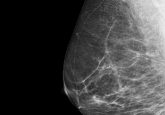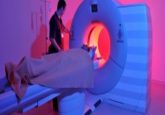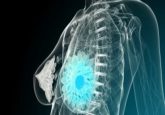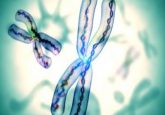Novel synthetic compound for treatment of breast and pancreatic cancer developed
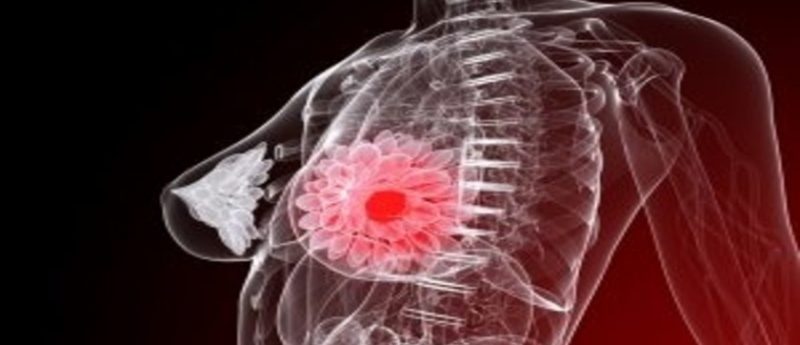
Researchers from The Scripps Research Institute (FL, USA) have discovered a new synthetic compound that inhibits a protein known to play a key role in breast and pancreatic cancer progression. The study is set to be published in the February 2015 edition of the journal Molecular Pharmacology.
The researchers demonstrated that the compound, known as SR1848, reduces the activity and expression of liver receptor homolog-1 (LRH-1), a cancer-related protein.
“Our study shows that SR1848 removes LRH1 from DNA, shutting down expression of LRH-1 target genes, and halts cell proliferation,” commented Patrick Griffin, chair of The Scripps Research Institute Department of Molecular Therapeutics and director of the Translational Research Institute at Scripps Florida (FL, USA). “It’s a compound that appears to be a promising chemical scaffold for fighting tumors that are nonresponsive to standard therapies.”
LRH1 regulates genes involved in hormone synthesis and cholesterol metabolism, giving it a key role in breast cancer. LRH-1 has also been implicated as a tumor promoter in intestinal and pancreatic cancer. Overexpression of LRH-1 has also been associated with cancer invasiveness and metastasis.
“LRH-1 has been implicated in the proliferation and metastasis of estrogen receptor-positive breast cancers and the more difficult to treat estrogen receptor-negative breast cancers,” commented Alex Corzo (The Scripps Research Institute), the first author of the study. “This suggests that repressing LRH-1 could be useful in treating the more aggressive triple-negative breast cancer subtype where therapies are currently so limited.”
The study also established that 4 hours after treatment with SR1848, levels of LHR-1 in a cell’s nucleus began to decrease. The compound repressed specific target genes as early as 2 hours following treatment.
The authors noted that SR1848 has the potential to produce fewer side effects, making it an attractive candidate therapeutic.
“It’s a novel mechanism that needs more study,” Griffin commented.
